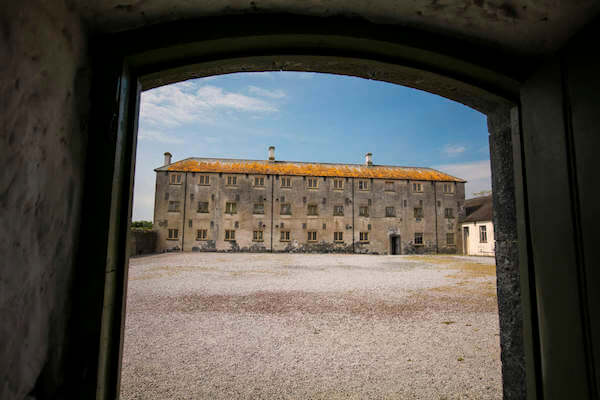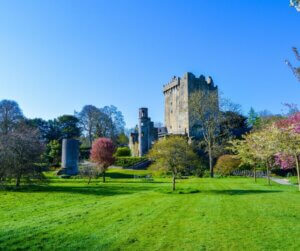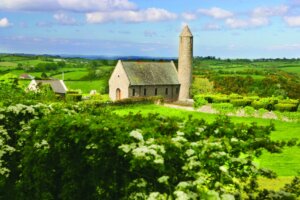If dark tourism seems off-putting to you, I wouldn’t be surprised. In fact, many people are confused by the term, thinking that it implies something ghoulish or worse still, the exploitation of an entire race or targeted toward specific people subjected to a life of cruelty.
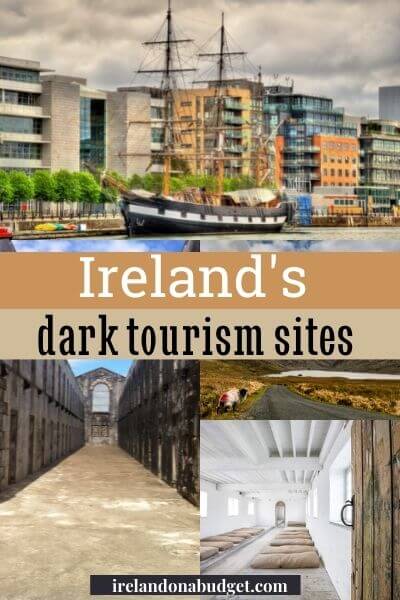 This post contains affiliate links, and I may earn compensation when you click on the links at no additional cost to you.
This post contains affiliate links, and I may earn compensation when you click on the links at no additional cost to you.
And while that might be true to a certain extent, the growth of dark tourism attractions across the world means that people are curious and want to know more.
Indeed, Ireland is uniquely positioned to market such sites given its tragic history and over the years, many of the dark tourism destinations in Ireland have proved to be quite successful.
If you’re curious, stick with me and discover similar sites that you’ll find across the island of Ireland that will open your eyes to its history, its people, and how the country has been shaped because of it.
Battle of the Boyne Visitor Center
It was at this spot about 30 miles (51 km) north of Dublin that Ireland’s most significant battle took place.
In fact, it was so significant that the trajectory of Irish history changed forever based on its result.
On July 1, 1690, near the River Boyne in Oldbridge, County Meath, King William of Orange and his army of 36,000 men beat his cousin King James II, the deposed Catholic king of England and Ireland, who led 25,000 followers, mostly Irish Catholics.
The Jacobites (supporters of King James) were fighting for Irish sovereignty, religious tolerance for Catholics and their right to own land.
On the other hand, the Williamites (supporters of King William) were interested in maintaining Protestant, and subsequently, English rule in Ireland.
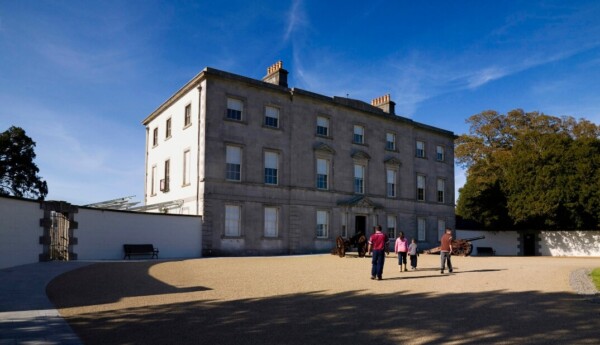
King James lost the battle, which killed about 1,500 men.
At the Battle of the Boyne Visitor Centre, you’ll find original weapons from the action, the largest to take place on Irish soil, as well as a laser model of the battlefield.
Guided and self-guided tours are available.
If you think your ancestors might have been involved in this watershed event, the center offers a genealogy service that can help you trace them.
Battle of Aughrim Interpretative Center
A year later, another gruesome fight took place on Irish soil that was even deadlier than the one in Meath
In rural County Galway on July 12, 1691, the conflict between the Jacobites and the Williamites continued.

Between 5,000 and 7,000 people were killed in an assault that included up to 40,000 men, their corpses left on the battlefield for up to a year or more, and their rotting bodies eaten by wild animals.
While the battle was initially going the way of the Jacobites, their fortunes reversed when General St. Ruth, a French commander who was sent to Ireland by King Louis XIV to help the Irish cause, was decapitated by a cannonball and as a result, the Jacobites were forced to retreat.
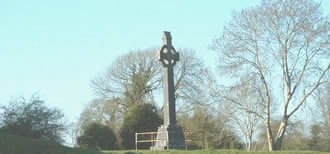
The Williamites pounced on the fleeing soldiers, slaughtering them as they tried to run away.
One area of the battlefield, known as the Bloody Hollow, is where apparitions of Jacobite soldiers have apparently been seen, along with a ghost dog who was with its master when he was savagely killed.
The interpretive center, one of the dark tourism destinations in Ireland that you should consider visiting, tells the story of this horrific battle in more detail, with displays of the battlefield and more.
Black Taxi Tour Belfast
A tour of Belfast’s working-class neighborhoods, the Falls Road and Shankill, are the dividing lines in a section of Belfast that still bears the scars of the 30-year-old long conflict in Northern Ireland known as The Troubles.
A black taxi tour of this part of Belfast will give you a unique — if not dark — view of it all.
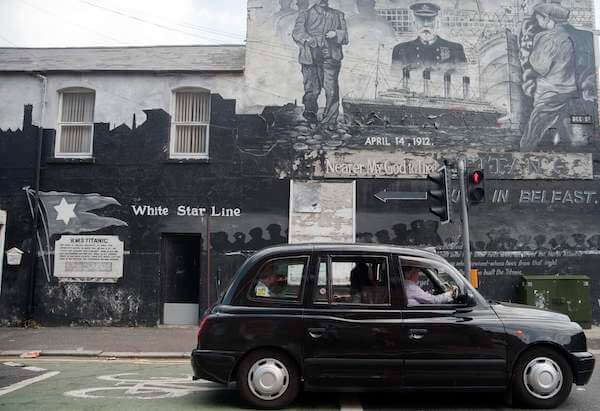
In this section of the city, you’ll see lots of murals, both to heroes of the Catholic side of the conflict (like Bobby Sands, a member of the Irish Republican Army who died while on hunger strike in the Maze Prison), as well as pictures of Queen Elizabeth II, alongside hundreds of British flags flying from buildings in the Protestant neighborhood.
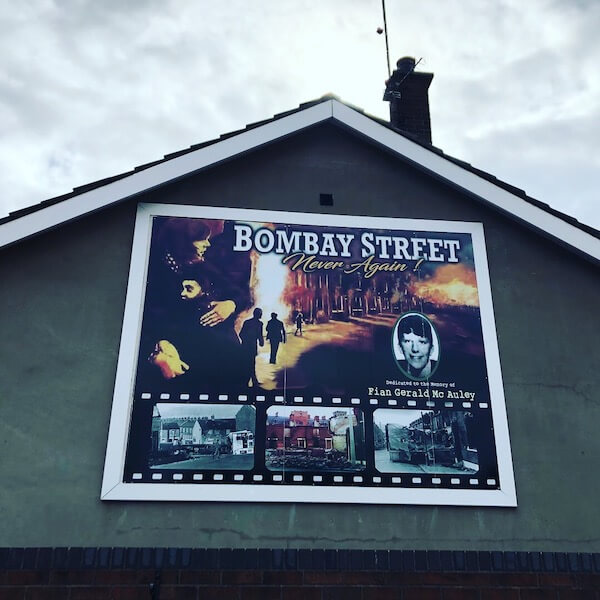
Both neighborhoods are literally a few blocks away from each other, with access to each of them through a steel gate, which is only open during the day.
Most taxi drivers will also bring you to the Peace Wall, which divides both communities and contains several murals as well as the signatures of President Bill Clinton and the late South African President Nelson Mandela, among others.
Cork City Gaol (Jail)
Located in the heart of Cork City you'll find a popular museum and dark tourism destination in Ireland that tells the dark story of those who inhabited it.
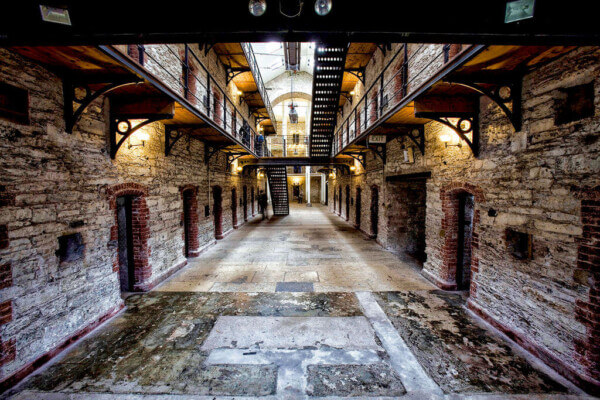
The building known as Cork City Gaol was opened in 1824 and at the time was described as the “finest in 3 kingdoms,” with its separate confinement area for women (a rarity at the time), its Georgian/Gothic architecture, coupled with turreted battlements that made it look more like a castle rather than an actual prison.
Tours of Cork City Gaol are currently self-guided.
Crumlin Road Gaol
On the opposite end of the island of Ireland, you’ll find Crumlin Road Gaol, formerly known as Europe’s Alcatraz.
Construction of the jail, which was known as “The Crum,” was completed in 1845 at a cost of £60,000.
The imposing building had replaced the County Gaol on Antrim Street in Carrickfergus.
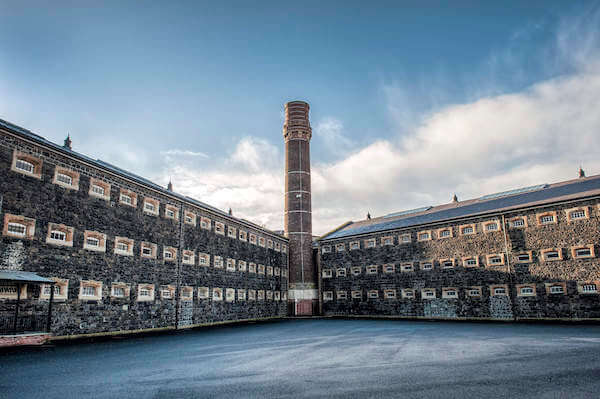
The new one was known at the time as one of the most advanced prisons of its day, but it was also the first one on the island of Ireland to use “The Separate System,” which separated prisoners from each other with no communication between them, more commonly referred to today as solitary confinement.
Inmates were often sentenced for petty crimes like stealing food or clothing. One young boy, who was given a three-month sentence for a similar crime, committed suicide by hanging in 1858.
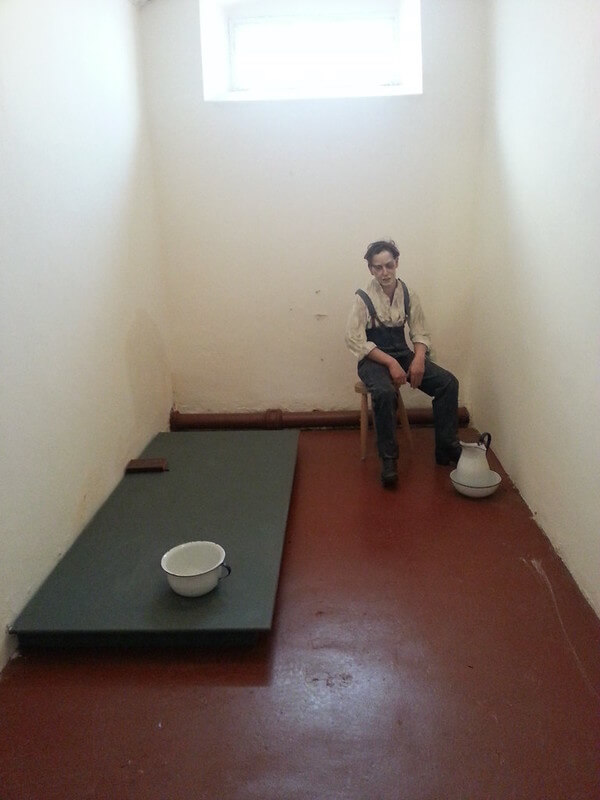
You can take a self-guided “jail experience” that includes a tour of the jail’s historic holding cells, its hangman’s cell, and much more.
Crumlin Road Gaol is famous for its live events, including musical concerts and its newest attraction, The Squid Game.
Doagh Famine Village
Stories about the Great Famine in Ireland are plentiful but one place on the Inishowen Peninsula in County Donegal brings hardship and suffering to life in the form of the Doagh Famine Village.
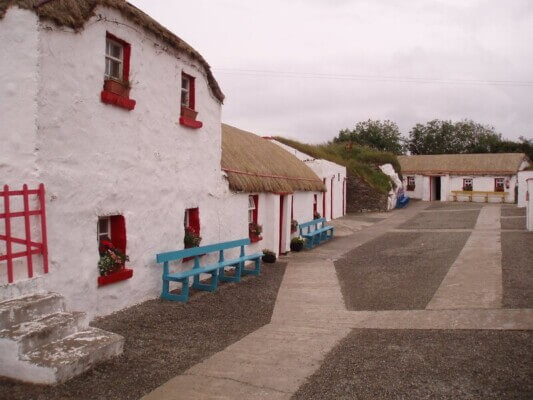
The attraction is a large walk-through museum that consists of original thatched cottages, where you will learn about the tragic turn of events for many Irish families who were evicted from their homes in the mid-1800s.
Some of the important sites in the village include the Orange Hall, the Republican Safe House, and the Irish Wake House, among others.
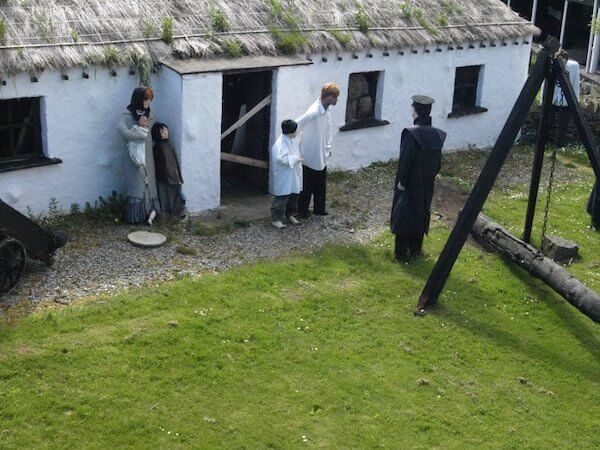
Tour guides recount how Irish families adapted to the societal and environmental changes that were taking place all around them during this sad chapter in Irish history.
The creators of this popular attraction say it is different from other tourist destinations of its kind in Ireland because it depicts Ireland as it was, “uncommercialized and interdenominational and does not divide on any grounds, showing Ireland from all walks of life.”
The Doagh Famine Village is open from March through October.
Doolough Valley Memorial
In 1849, at the height of the Great Famine, a group of starving tenants in need of “outdoor assistance,” a program run by the British government, were forced to walk 19 km (15 miles) to their local landlord at Delphi Lodge in Louisburgh, Co. Mayo.
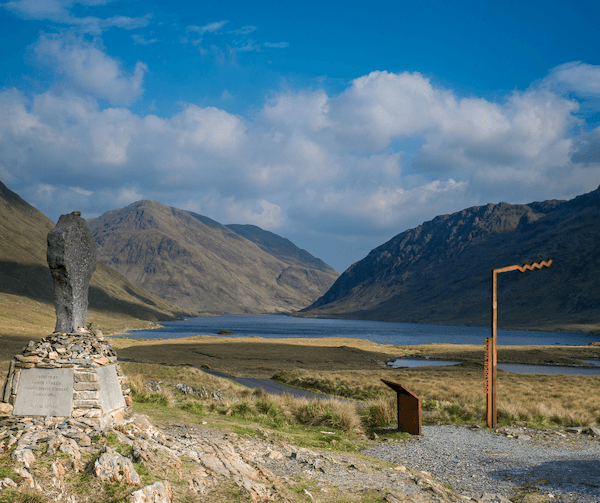
Being that it was winter, most did not have warm clothing and in addition to being malnourished, many died along the way. The rest were turned away empty-handed and later died on their way home.
Today, a stone memorial stands in the middle of the remote Doolough Valley to commemorate their passing. It is among one of the popular dark tourism destinations in Ireland.
You can find this haunting attraction between Leenane in County Galway and Louisburgh, Co. Mayo, along the Wild Atlantic Way.
Compare Car Rental Rates with Discover Cars
Dunbrody Famine Ship
Up to 2 million Irish men, women and children sailed to North America during the Famine years on an estimated 5,000 famine ships, a journey that lasted for up to two months.
The Dunbrody Famine Ship attraction, located in Co. Wexford recreates what would have been typical of such a perilous journey.
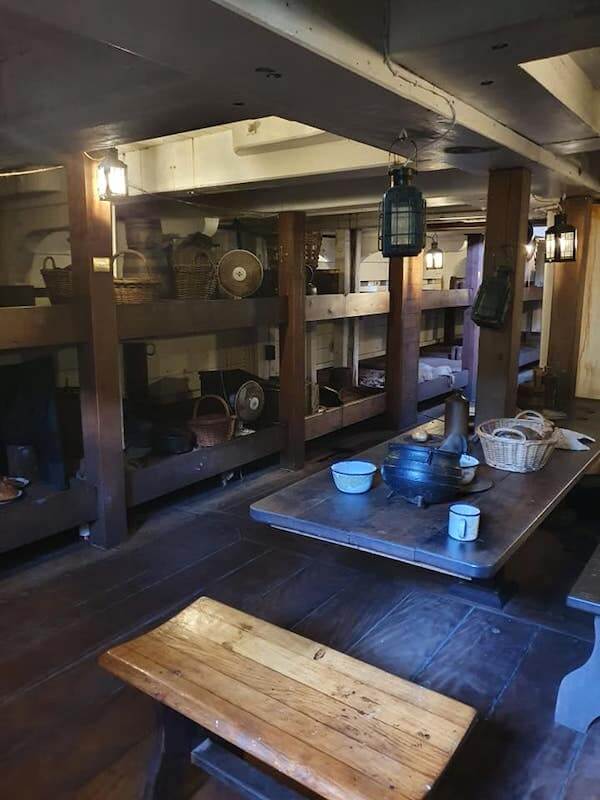
Passengers very rarely saw daylight and most existed in unsanitary conditions. Cholera and Typhoid were common, resulting in many deaths.
The ship, which was launched in 1845, traveled mostly to Quebec but also to New York.
Visual presentations at the Dunbrody Famine Ship tourist attraction help set the scene for what Ireland was like during the period of the Great Famine as the country sank deeper and deeper into despair.
Part of the audio-visual experience includes the voices of emigrants disagreeing about what to pack for the long journey, as well as content from letters that family members in America sent to their relatives back home.
Dublin Darkside Walking Tour: Mysteries, Murder and Legends
Glasnevin Cemetery Museum
This historic cemetery located in a Dublin suburb contains the burial grounds of many who were involved in the 1916 Easter Rising but evaded the firing squad at Kilmainham Gaol, in addition to other revolutionary heroes from Ireland’s past.
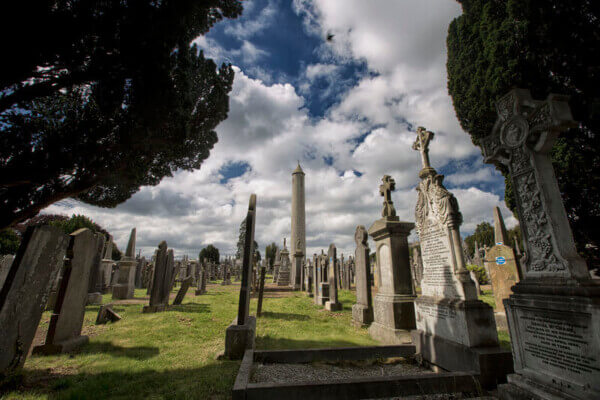
The cemetery, the largest in Ireland and the first cemetery museum to be established in the world, was opened in 1832.
Daniel O’Connell, a champion for Catholic rights, fought for the establishment of Glasnevin Cemetery as a place where both Catholics and Protestants could bury their dead in a dignified manner.
The most visited gravesite in Glasnevin Cemetery is that of Michael Collins.
Irish Workhouse Centre
Between 1840 and 1858, over 160 workhouses were in operation throughout Ireland, including this one in County Galway.
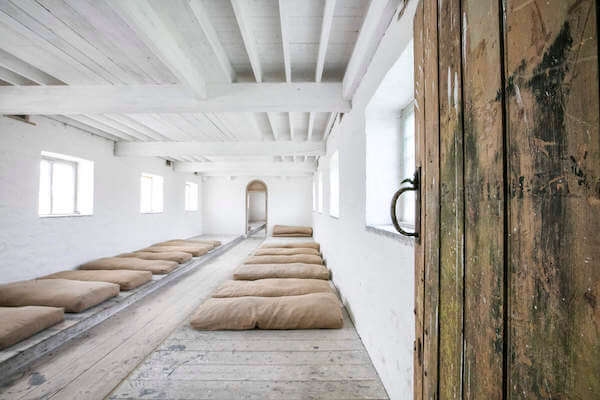
The workhouse project was the brainchild of the British government who established these notorious living spaces as social relief for the poor and the destitute.
A tour of this workhouse is no doubt a deeply emotional one for many visitors since many of the building’s facilities are still intact, including the Board Room, where the Board of Guardians regularly met and a nearby waiting room where local people stood to be admitted.
It was a tragic end for many as women and men were separated when they entered the workhouse. Even children were detached from their parents if they were old enough and forced to live in a different section of the workhouse.
The center is open from March through October.
Get Wifi Access with an eSim from Airalo
Jeanie Johnston Tall Ship
Another fitting memorial to Ireland’s famine victims can be found on Dublin’s Custom House Quay.
The Jeanie Johnston Tall Ship is an authentic replica of the original Jeanie Johnston, which plied the waters of the North Atlantic for many years.
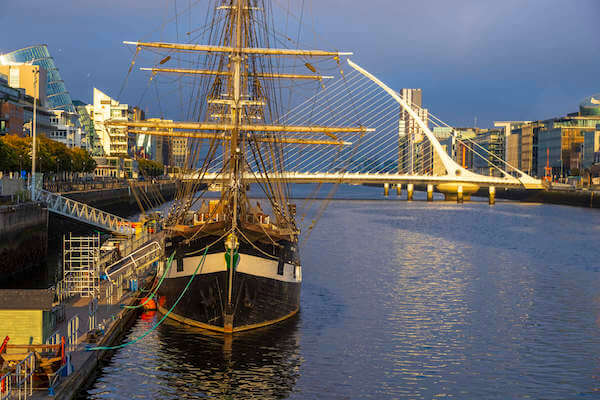
Her first journey from Blennerville in County Kerry to Quebec took place in 1848 with 193 passengers on board. She would later transport an additional 2,500 emigrants on 16 transatlantic voyages to North America.
You can learn about the cramped conditions that passengers endured on their long journey and how they overcame seasickness, disease, starvation, and stormy weather.
To its credit, the former cargo ship never lost a passenger or a crew member while it was in service.
Kilkenny Famine Experience
To get a sense of how the famine impacted the community in Kilkenny, be sure to visit the Kilkenny Union Workhouse, now integrated into the MacDonagh Junction Shopping Centre in Kilkenny city.
The free AV self-guided tour will take you around the buildings of the workhouse complex, telling the stories of the inmates and how they lived and died.
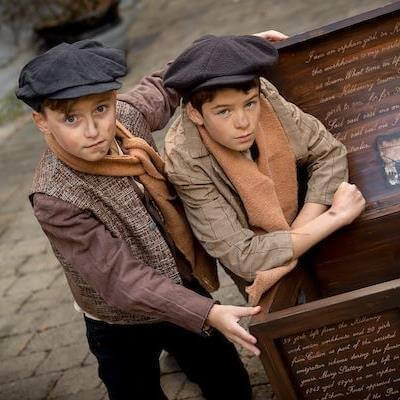
You’ll all learn about the unexpected discovery of over 970 human remains related to the famine period and the story of the Saul brothers who were abandoned by their parents in Dublin’s dock and who made their way back to the Kilkenny area where they were admitted into the workhouse.
Eighty-seven young orphan girls between the ages of 14 and 18, who were residents of the workhouse, were among the 4,000 shipped to Australia in 1850, part of the Earl Grey scheme, a policy of the British government to correct the gender imbalance in the colonies at the time.
Kilmainham Gaol
Lonely Planet has said that Kilmainham Gaol (Jail) “played a role in virtually every act of Ireland’s painful path to independence, and even today, despite closing in 1924, it still has the power to chill.”
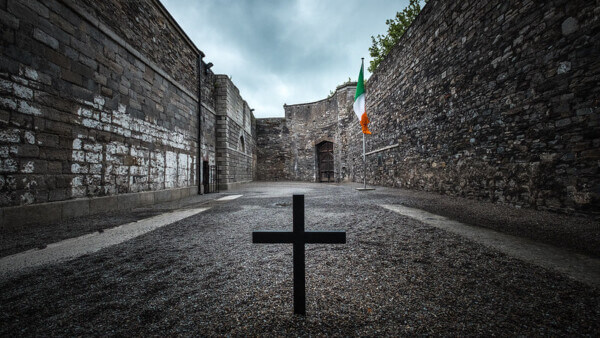
Not suitable for younger visitors, Kilmainham Jail is where 14 rebels were executed for having planned The Easter Rising of 1916.
A guided tour of the jail will take you to all areas of it, including a museum that houses many of the personal belongings of the prisoners.
Some of the most moving events of the rebellion occurred at the prison, including the wedding of Joseph Plunkett to Grace Gifford on the night of May 3rd, a few hours before he was executed by firing squad.
Spike Island
Originally the site of a 7th-century monastic settlement, Spike Island is dominated by the 18th-century Fort Mitchel.
Its creation by the British was prompted by the outbreak of the American Revolution in 1775, and the entry of both France and Spain on the American side.
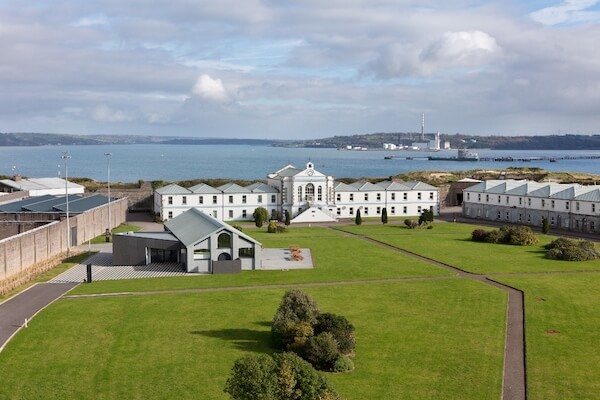
he British saw the island, situated in Cork Harbor, as a strategic location in defending it against the French.
As a prison, Spike Island was used to house convicts awaiting transportation to Australia and other far-off lands and later rebels caught during the Irish War of Independence.
Known as “Ireland’s Alcatraz,” it housed over 2,300 inmates during the 1850s.
On day and night tours of the prison, you’ll get a chance to see the 1850s Punishment Block, view prison cells used as late as the 1980s, and learn about the horrific conditions that prisoners lived in.
You’ll also hear about the mass graves that litter the island, part of Spike Island’s troubled history.
Strokestown Park National Famine Museum
If you want to get a true sense of the devastation of the Great Famine on Ireland and its people, a visit to the Strokestown Park National Famine Museum, another one of Ireland’s dark tourism destinations, is a must.
The museum houses one of the largest collections of famine-related artifacts in Ireland.
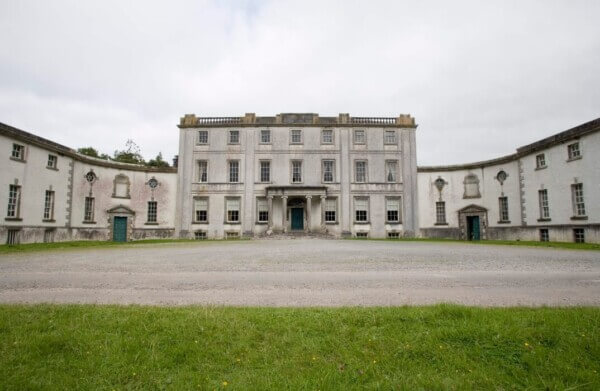
It is a haunting glimpse into the worst periods of Irish history.
You will also learn the history of Strokestown House and the relationship between its landlord and its tenants.
In addition, it houses the history of the local Strokestown Workhouse, where over 5,000 people died or emigrated.
The landlord was assassinated at the height of the Famine and that story is also retold as part of a guided tour.
Titanic Belfast
One of Belfast’s most popular attractions is dedicated to the tragic sinking of the Titanic.
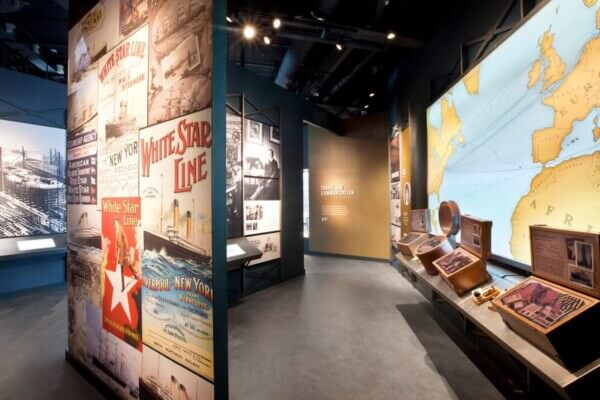
Take a self-guided tour of this immense museum and learn not only about the ill-fated ocean liner but also about Belfast itself as it grew into an industrial powerhouse at the beginning of the 20th century.
There is much to see at Titanic Belfast, which contains nine interactive/interpretative galleries, from its focus on the city’s shipbuilding, linen, ropemaking, and whiskey distilling industries to the sinking of the ship.
Wicklow Gaol
Wicklow Gaol opened in 1702 and over the years was known for its brutality and corruption.
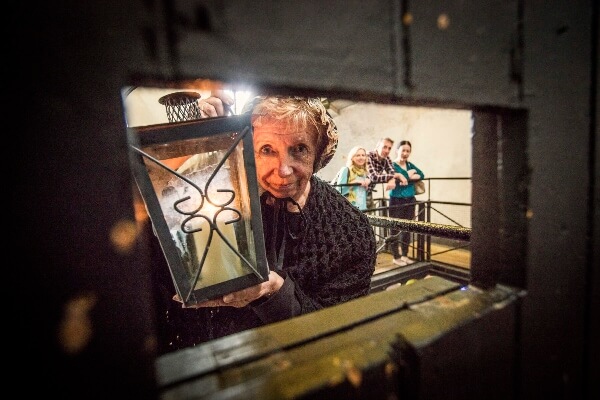
Most of its prisoners had been captured for their participation in various rebellions against British rule. Many were transported to the penal colonies in Australia.
The museum offers an immersive tour that will transport you back in time and where you will meet Mary Morris, the matron of the Victorian prison, and other actors in period costume.
Wicklow Gaol claims to be the most haunted building in Ireland and its paranormal tour is one of its most popular as a result.
Have you visited any of the above dark tourism destinations in Ireland? Let me know in the comments below.

